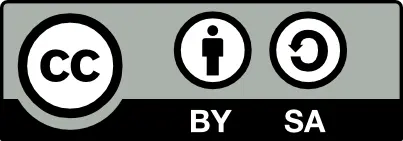Strategies for Elementary Educators: Effectively Addressing Student Challenges
Authors: Katimuan Binasing Mamay
DOI: https://doi.org/10.37082/IJIRMPS.v13.i3.232522
Short DOI: https://doi.org/g9mvnt
Country: Philippines
Full-text Research PDF File:
View |
Download
Abstract: This study investigated the classroom management styles of elementary school teachers in addressing pupils with behavioral problems in the Sapad District during the school year 2021–2022. It focused on describing the pupils’ profiles in terms of age, sex, and academic performance in English, Filipino, Mathematics, Araling Panlipunan, and Technology and Livelihood Education (TLE), identifying the undesirable behaviors exhibited, and examining the teachers’ strategies in addressing these behaviors. Using a descriptive survey method, data were gathered from 220 randomly selected pupils exhibiting undesirable behaviors and 34 intermediate school teachers through a questionnaire checklist. The analysis was conducted using frequency counts, means, and t-tests. Results showed that most pupils were female, aged 12–13, and had below-average academic performance in all subjects except Filipino, where they performed at an average level. Teachers generally applied effective strategies in managing undesirable behaviors, and no significant difference was found between the styles used by central and barangay school teachers. However, it was concluded that while central school teachers’ styles were effective, those of barangay school teachers were less so. The study recommends equipping teachers with guidance and counseling skills and strengthening collaboration with school administrators and parents to effectively manage pupils' undesirable behaviors and create a more supportive learning environment.
Keywords: Teacher Styles, Pupils' Undesirable Behaviors, Behavioral Management, Teacher Effectiveness
Paper Id: 232522
Published On: 2025-06-01
Published In: Volume 13, Issue 3, May-June 2025





 All research papers published in this journal/on this website are openly accessible and licensed under
All research papers published in this journal/on this website are openly accessible and licensed under 